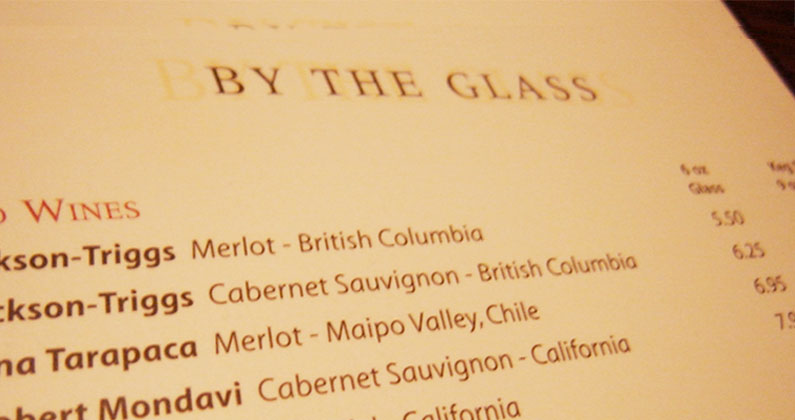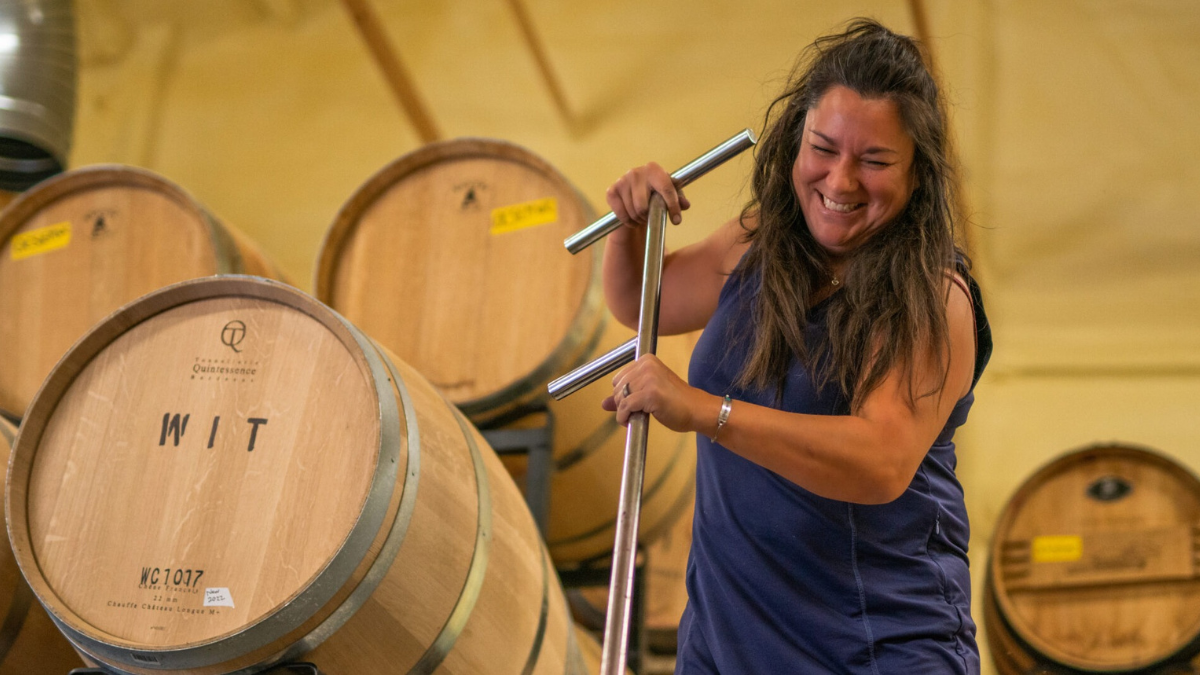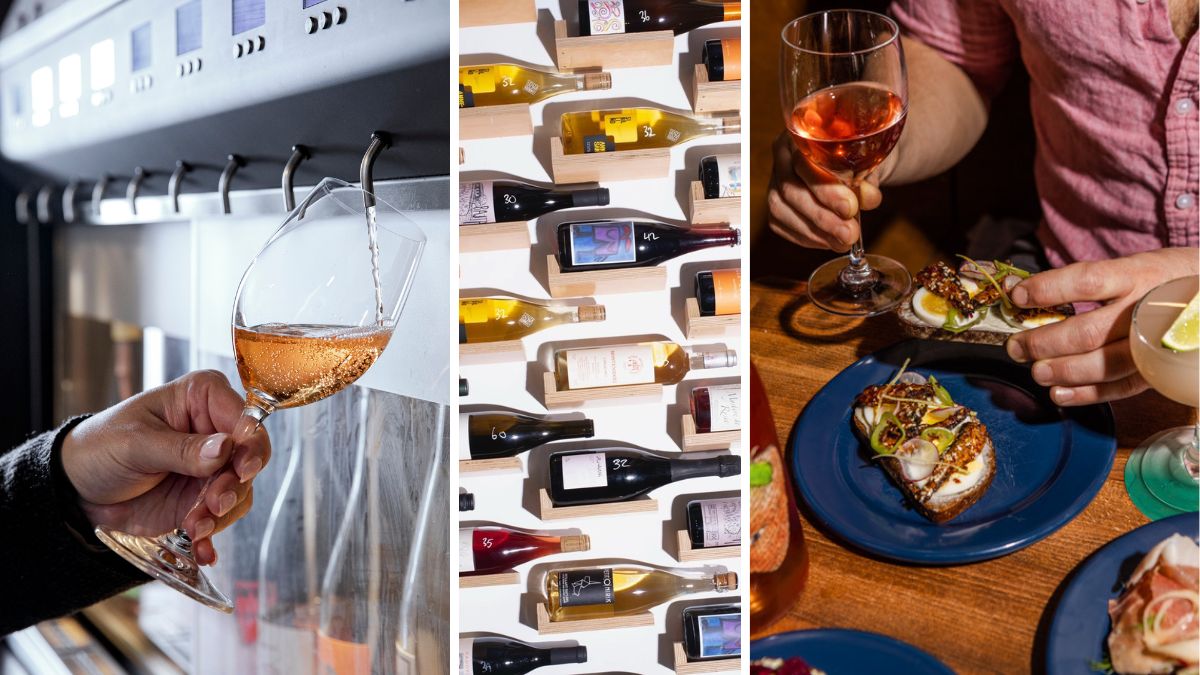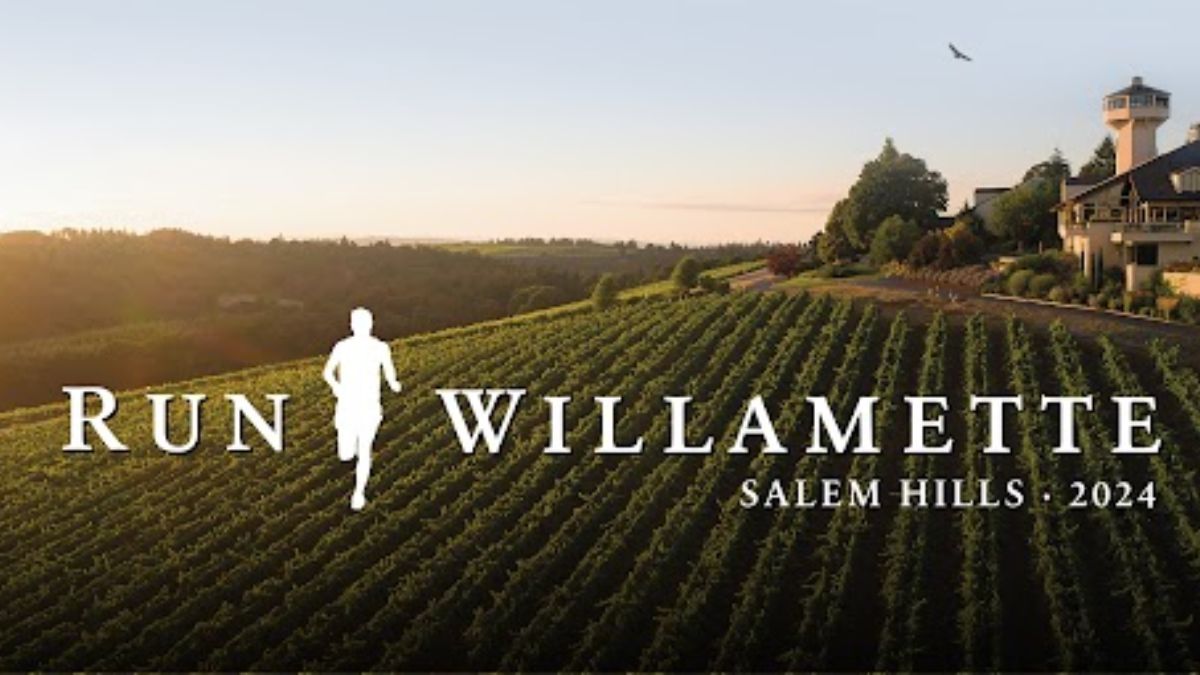What makes a wine list good? How about great? It’s a surprisingly difficult question to answer and one that I’ve been discussing with my colleagues a great deal lately. However, we’ve not yet considered looking at the Top Natural wine trends in the world right now, so maybe we should consider glancing at this first befor really debating how a great wine list is made. Anyway, few restaurants are interested in having a massive list of hundreds or thousands of bottles, yet our guests still expect a dynamic experience. As the world of wine continues to grow and expand, with more and more wine being made in the Pacific Northwest, the old rules no longer seem to apply. Here are a few guidelines that we’ve come up with.
Get out your red pen. Editors don’t get enough love. Building a wine list is basically editing: concision and clarity are valuable. It’s easy to go overboard, and given how much great wine is out there, it’s an understandable impulse. Yet my favorite lists overwhelm with quality, not quantity. Each wine on the list should serve a purpose: a specific pairing, a unique flavor profile or even something for those who want an old standby. There’s no specific target number, as it depends on the restaurant, but I tend to think 75-100 bottles is a nice sweet spot. It’s broad enough to encompass a number of different styles and varietals, yet won’t overwhelm most guests.
Stay local-ish. Great wine is being made all over the globe. That said, I do think it’s important for almost every restaurant in the Pacific Northwest to offer a selection of local wines. Yes, if you’re going for a hyper-focused expression of Catalonia maybe you stick with Spanish wines, but outside of those few joints, creating a sense of place goes beyond just whatever foraged mushroom happens to be in season.
Go abroad with purpose. I hate lists that cherry-pick one or two wines from every conceivable wine region. Just because you can offer a New Zealand Sauvignon Blanc or an Argentinian Malbec doesn’t mean you should. I like lists that try to explore other parts of the world with some kind of context: If you want to offer Australian wine, maybe offer a few different wines, varietals or styles. It’s a whole continent after all, they make more than just Shiraz. If you want to go the extra mile, take some of the unmissiable Australian wine tours and make educated decisions based on what you taste, that way you really can’t go wrong.
Respect the oldies. One of the most unfortunate elements of modern restaurant lists is that almost no one has back vintages. There are understandable reasons for this — storage space is often a premium, few restaurants can afford to invest thousands (or more) in a product that they won’t sell for a number of years and often the aging curve of wines is harder to predict than we think. Yet there’s something incomparable about drinking a wine with 10, 15 or more years of bottle age (when appropriate). It’s a treat that shouldn’t only be reserved for those with wine cellars. Even a couple of older bottles can really help round out a list and offer a unique treat for those who are interested in it.
Rules are made to be broken of course, so if you disagree… Let me know.
Zach Geballe is a sommelier at the Dahlia Lounge, the owner of Vine Trainings where he teaches wine classes, and a writer. He lives in Seattle, where he owns more wine than he can reasonably drink, but loves to share. You can find him at @zgeballe or vinetrainings.com.






